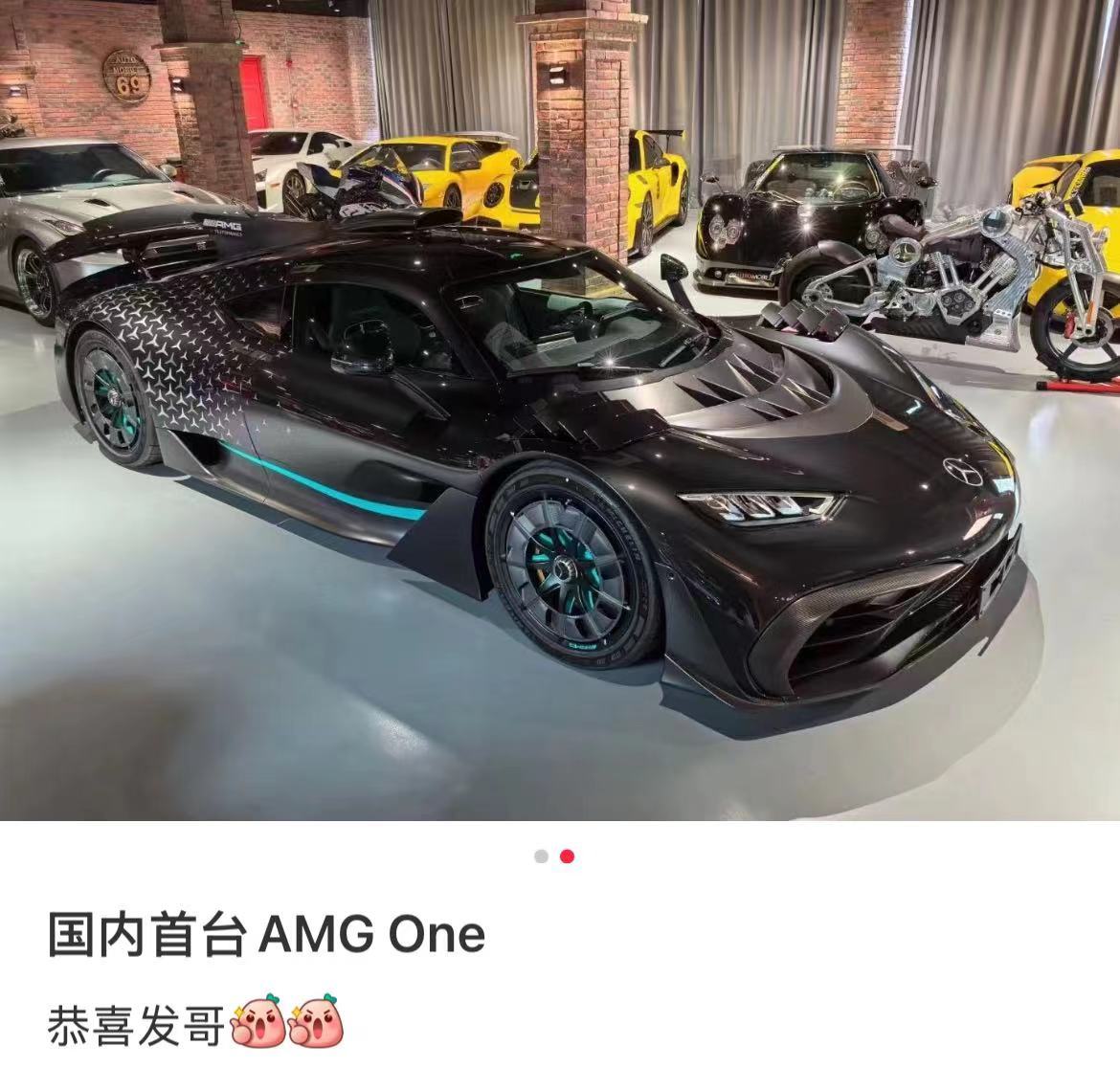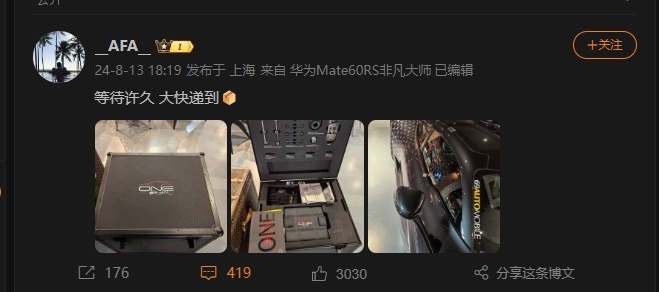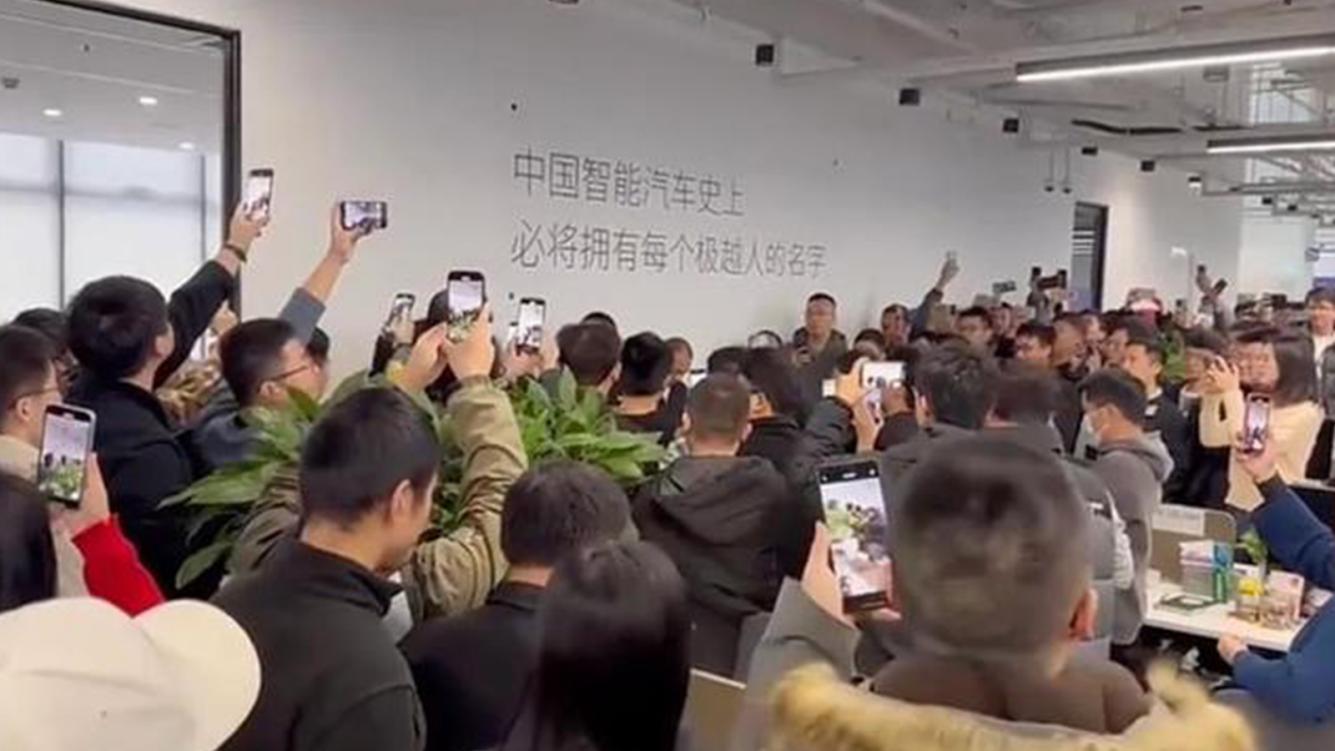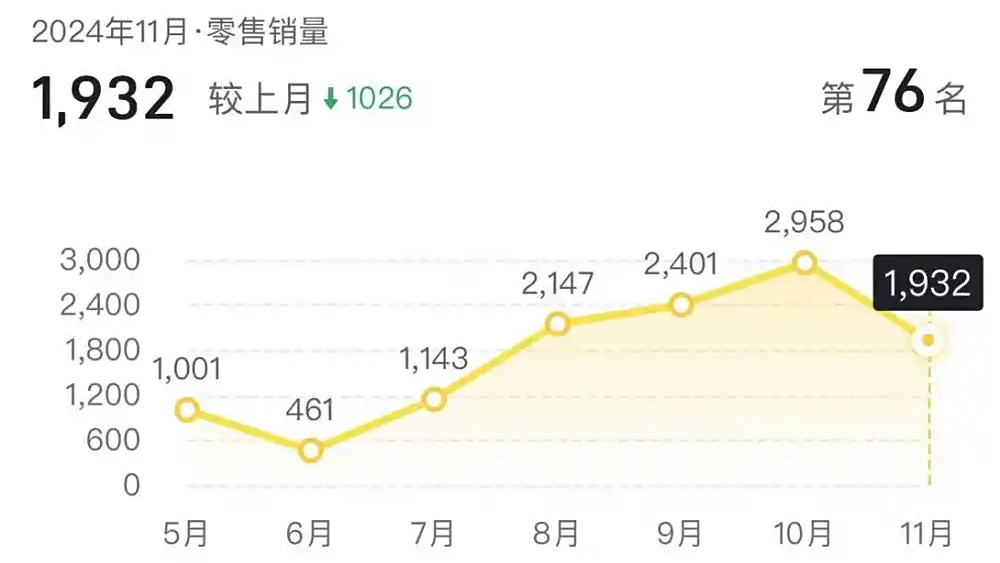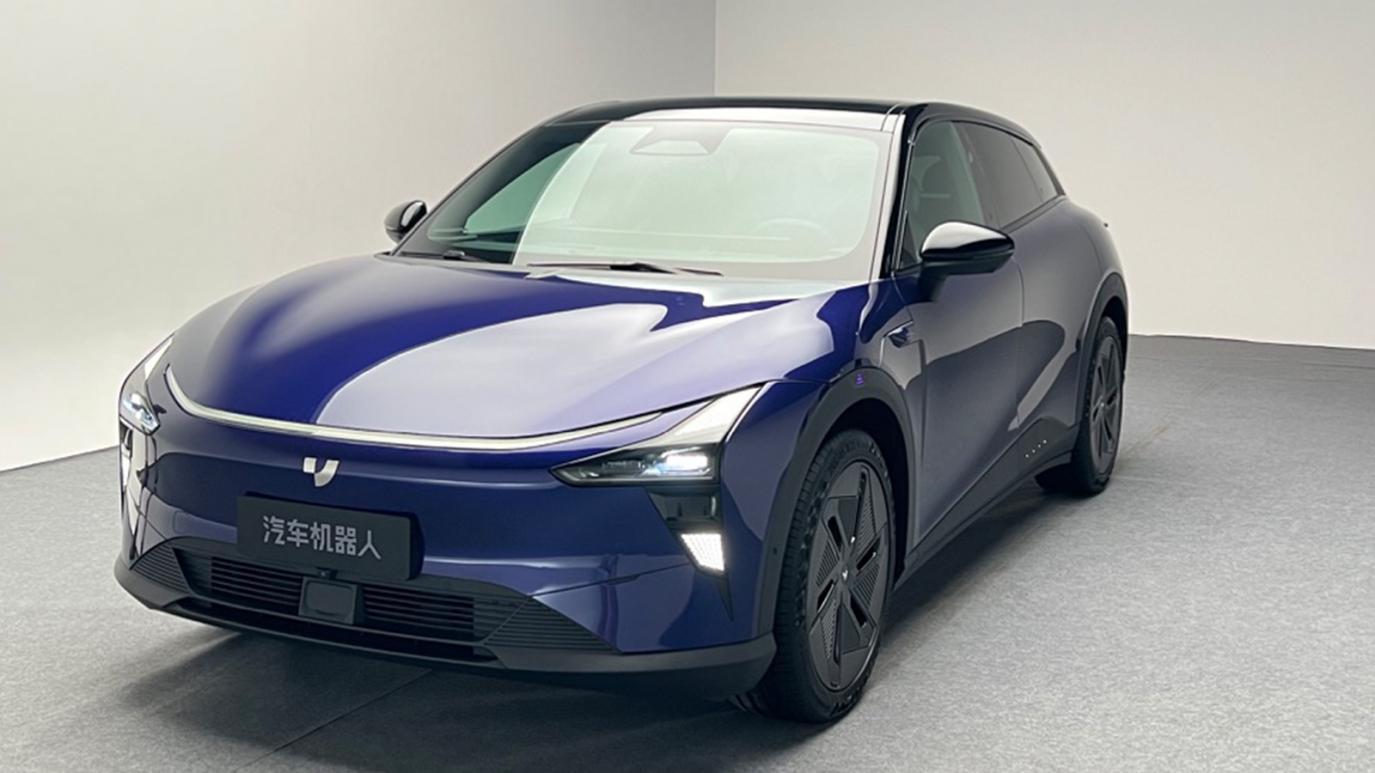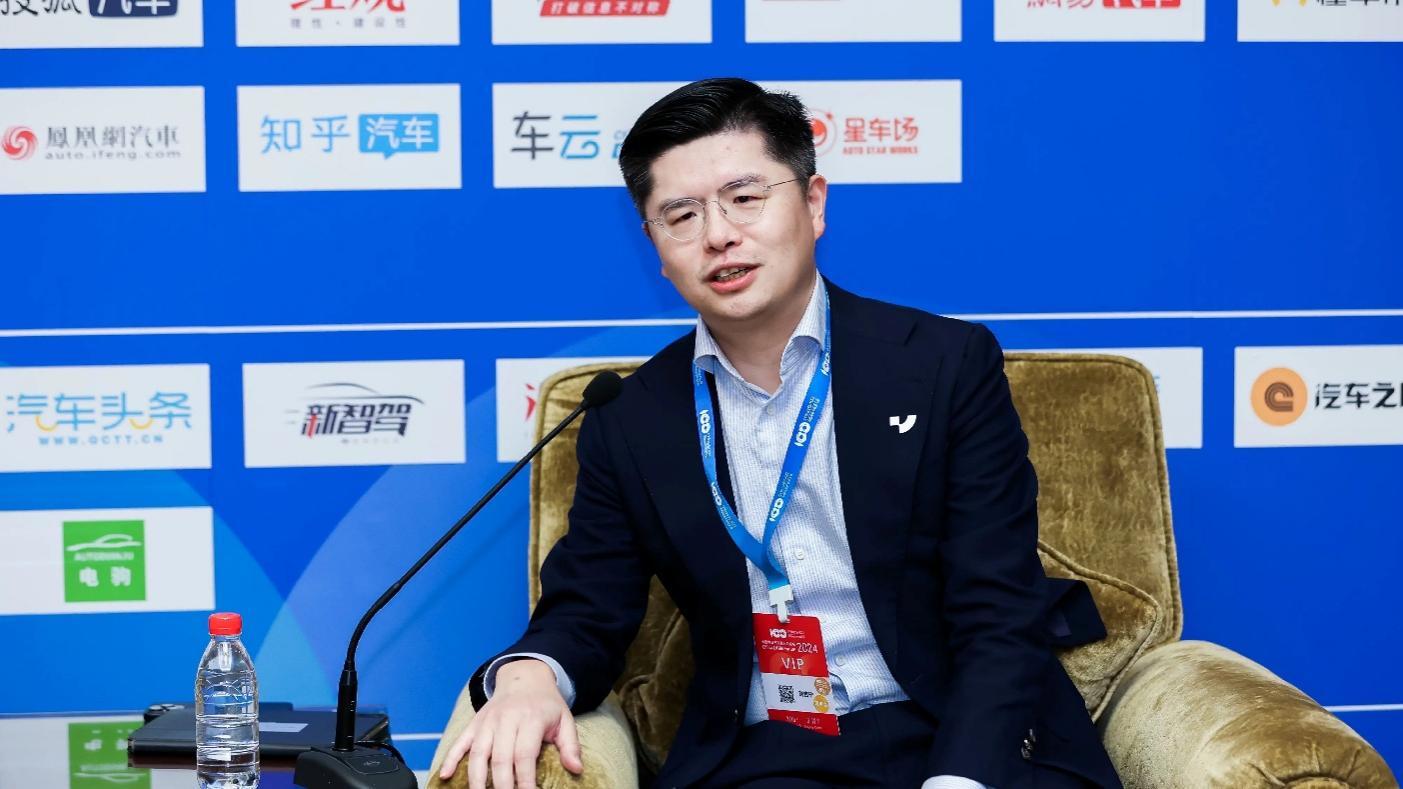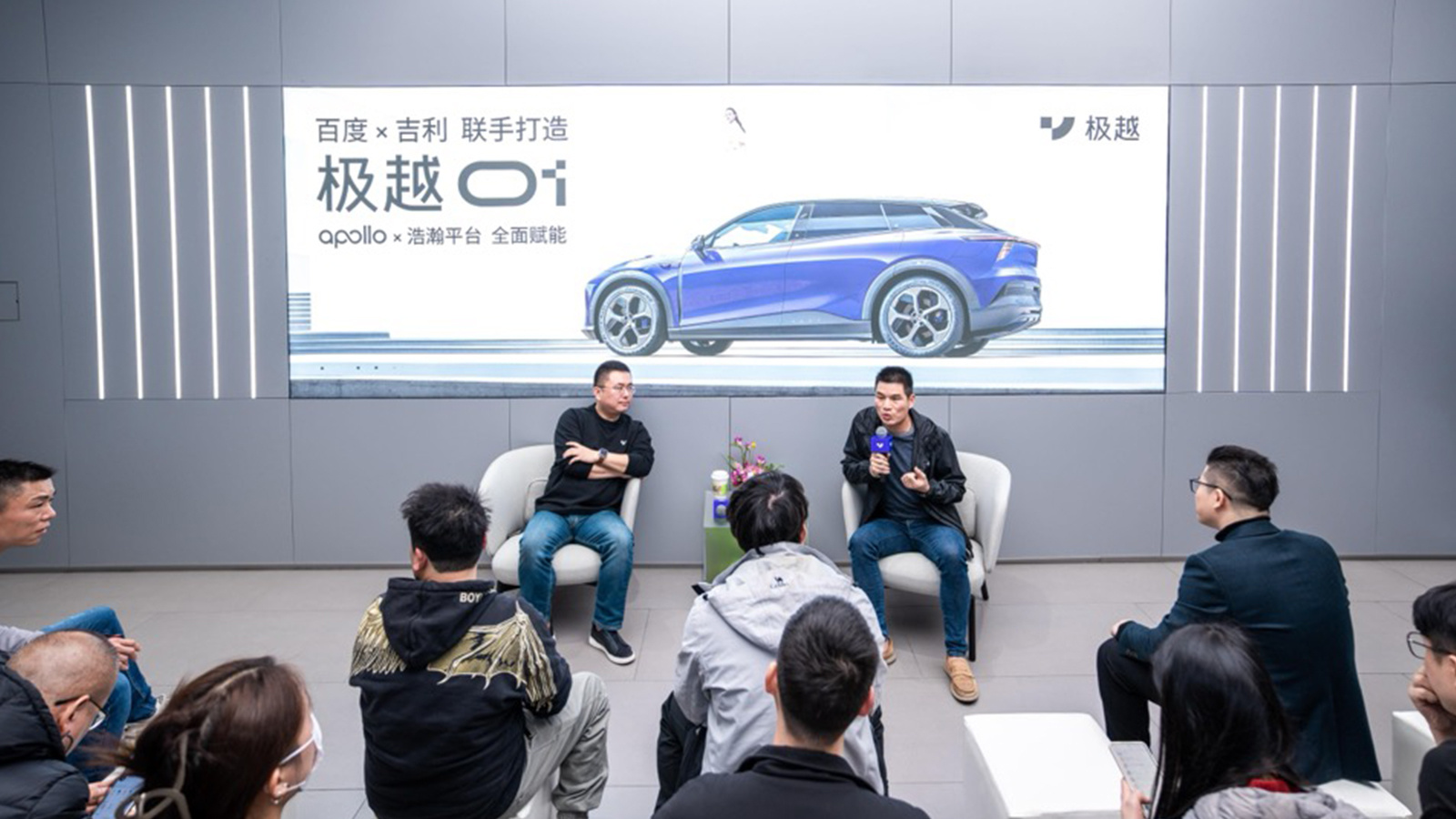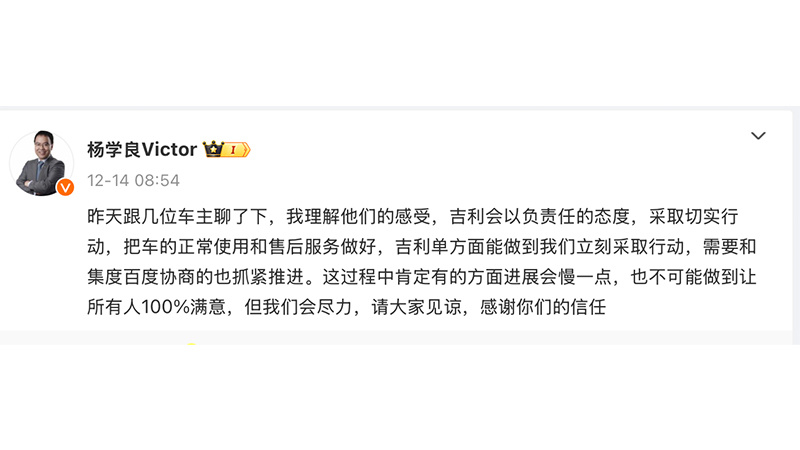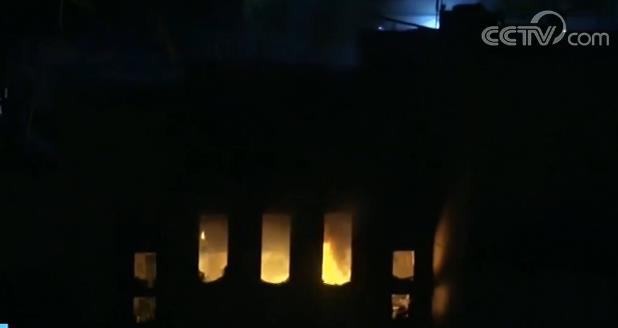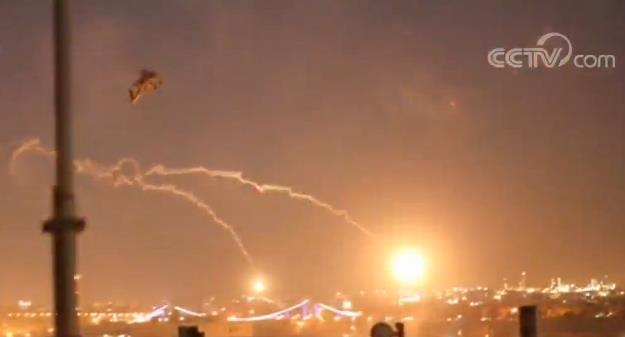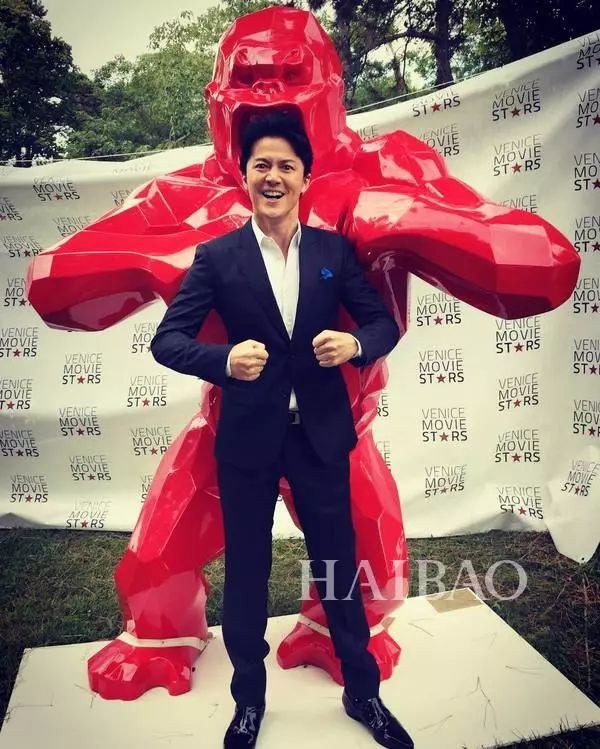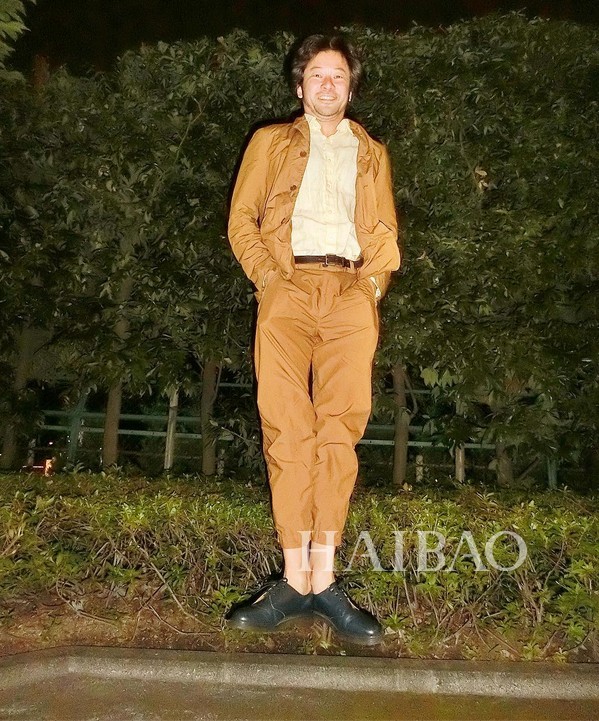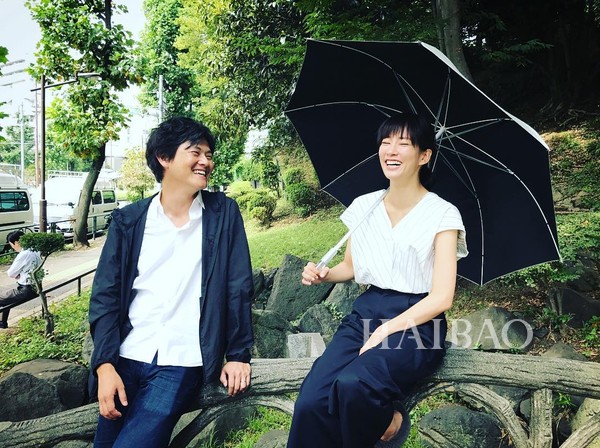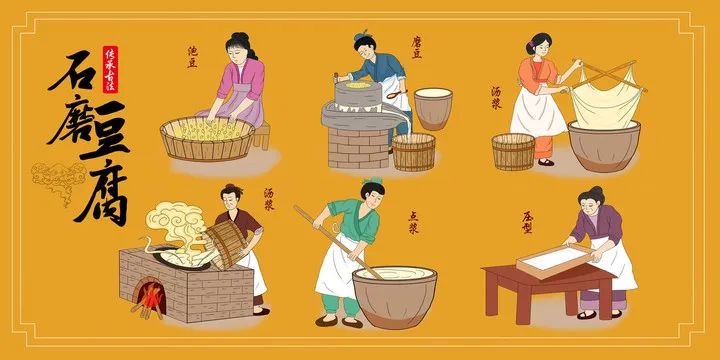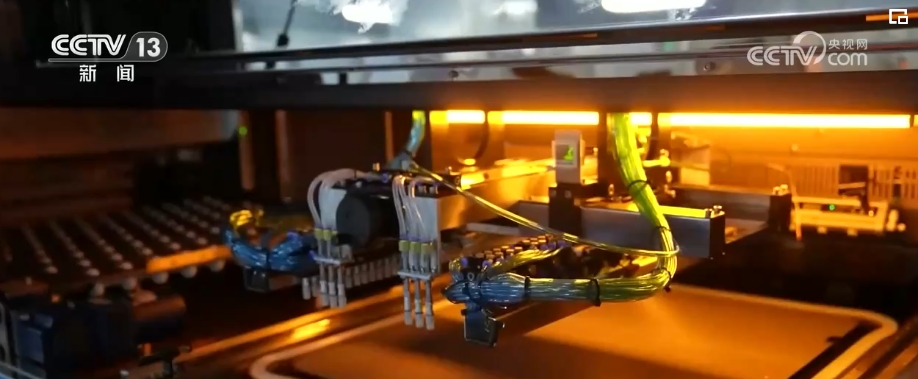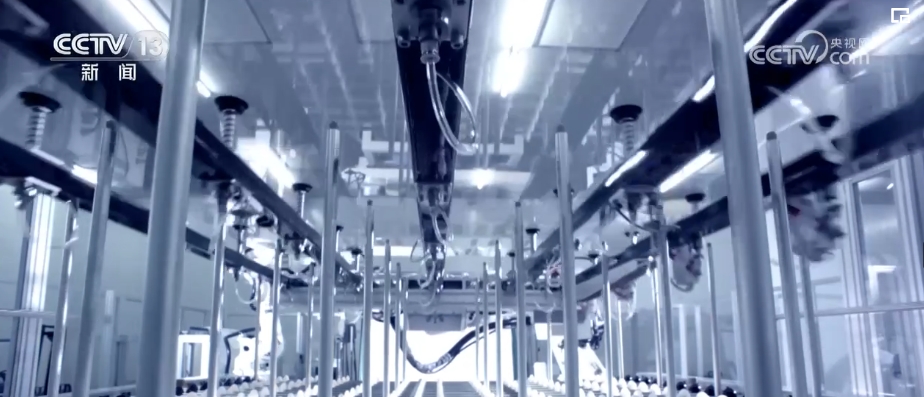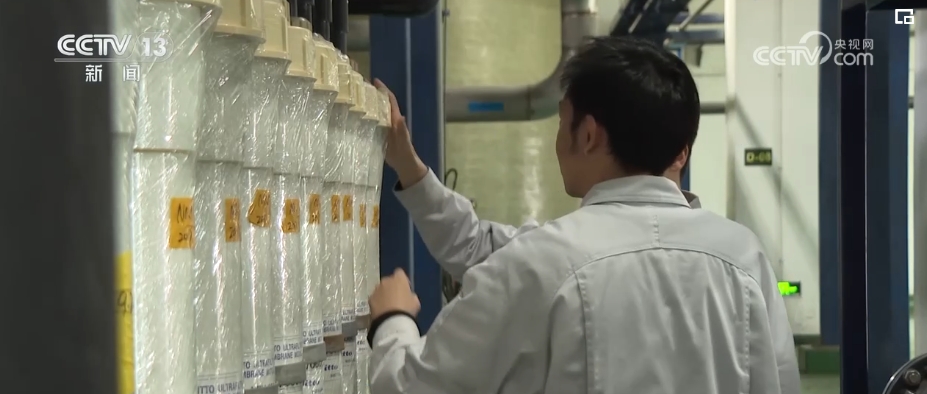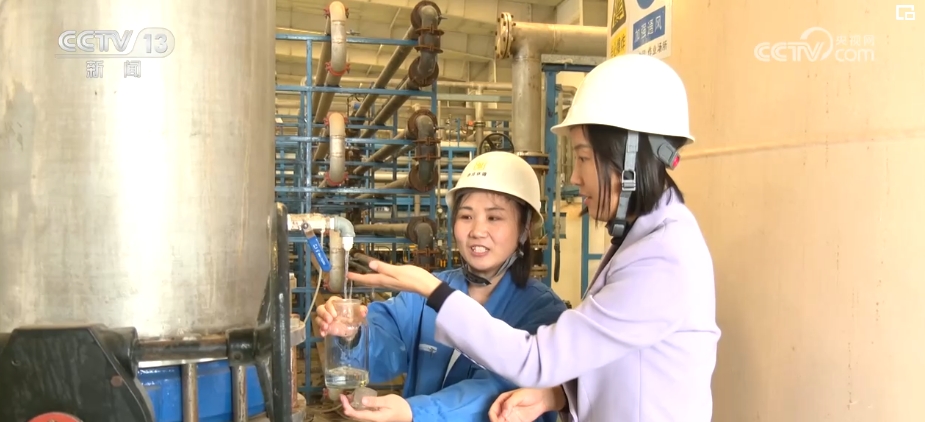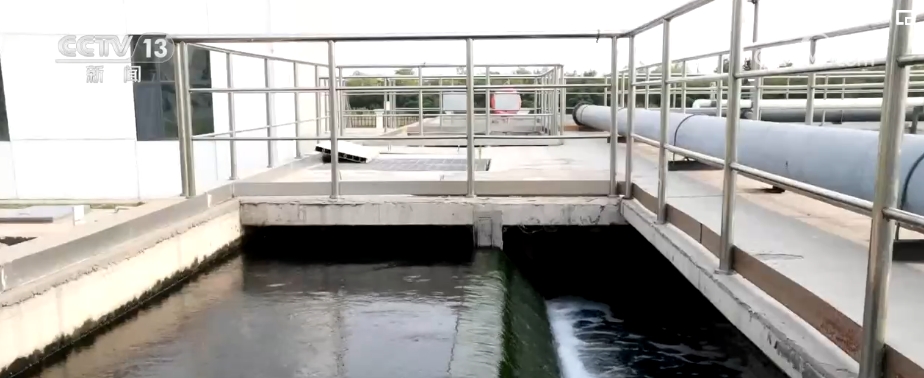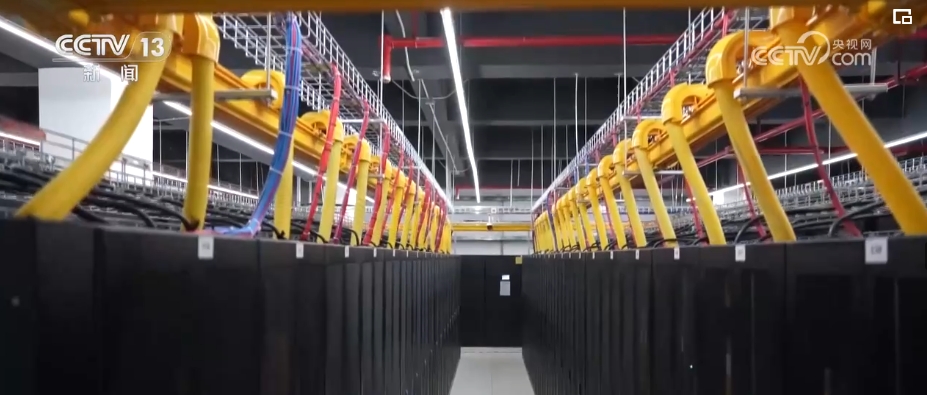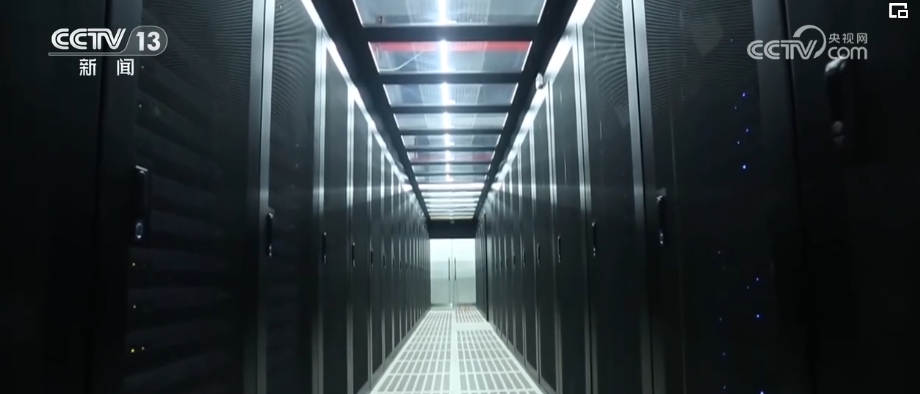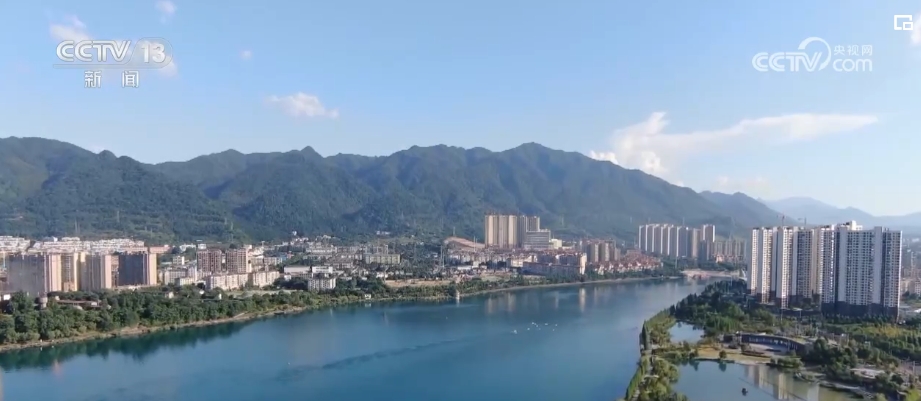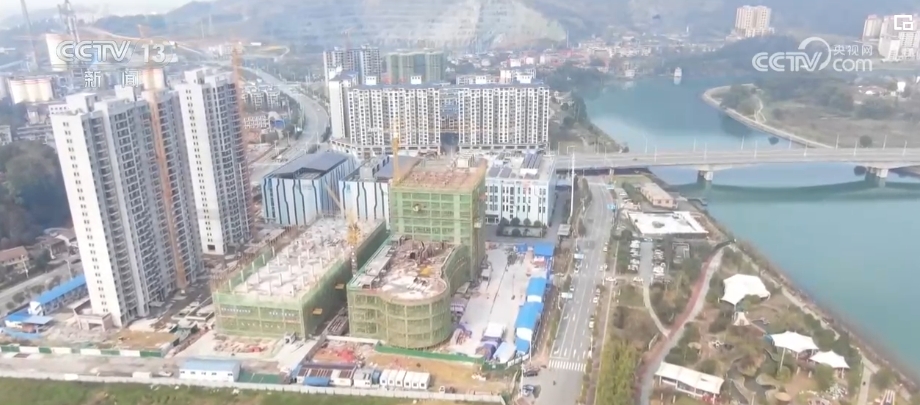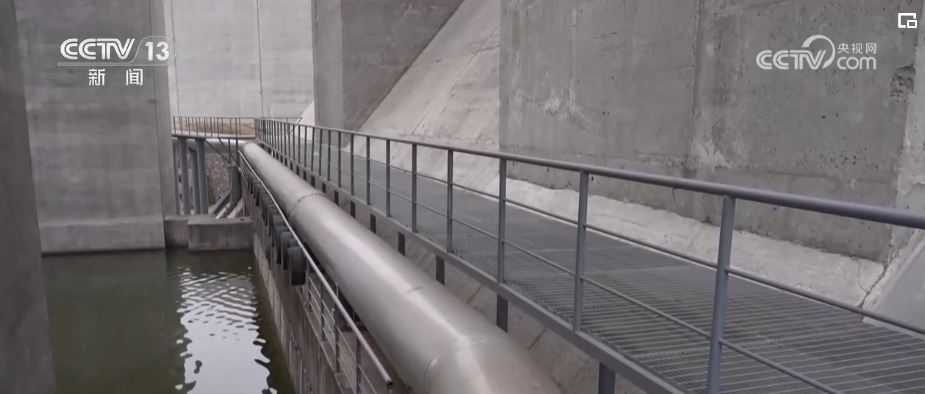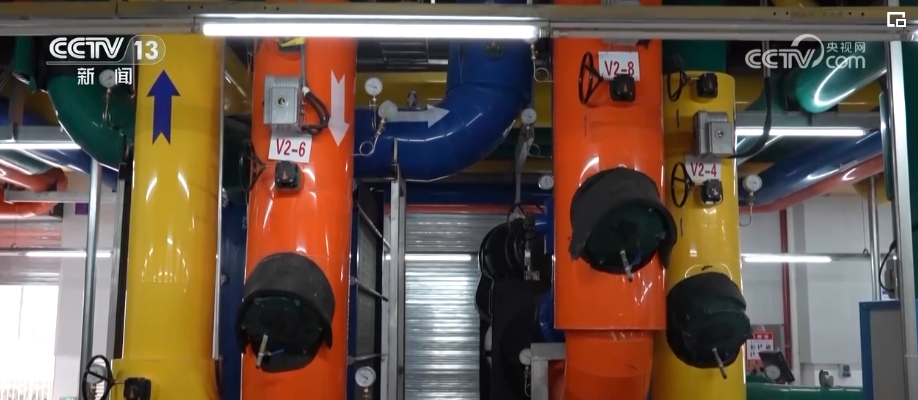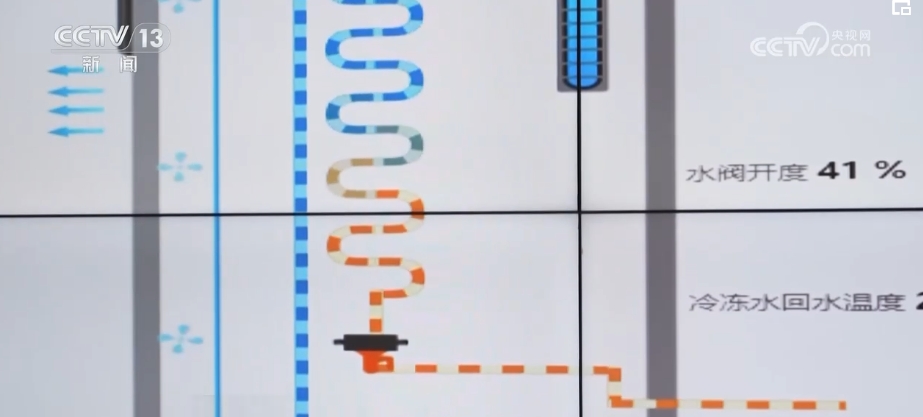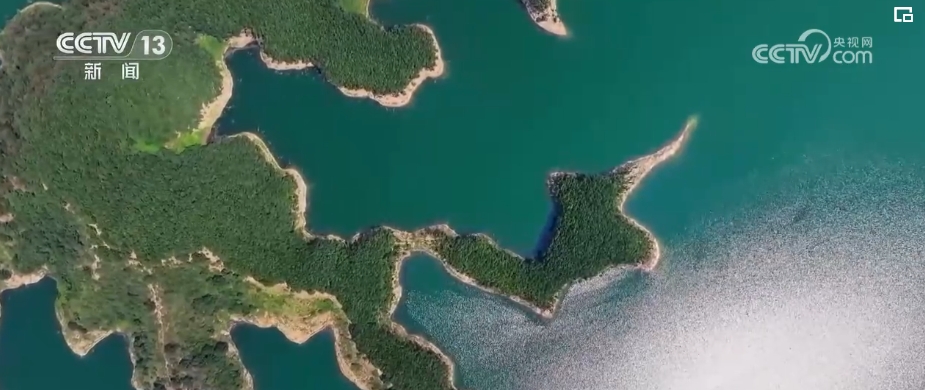The foreign guy "Zhang Tianzhi" showed kung fu, and Max Zhang Yuan Heping praised Foshan.
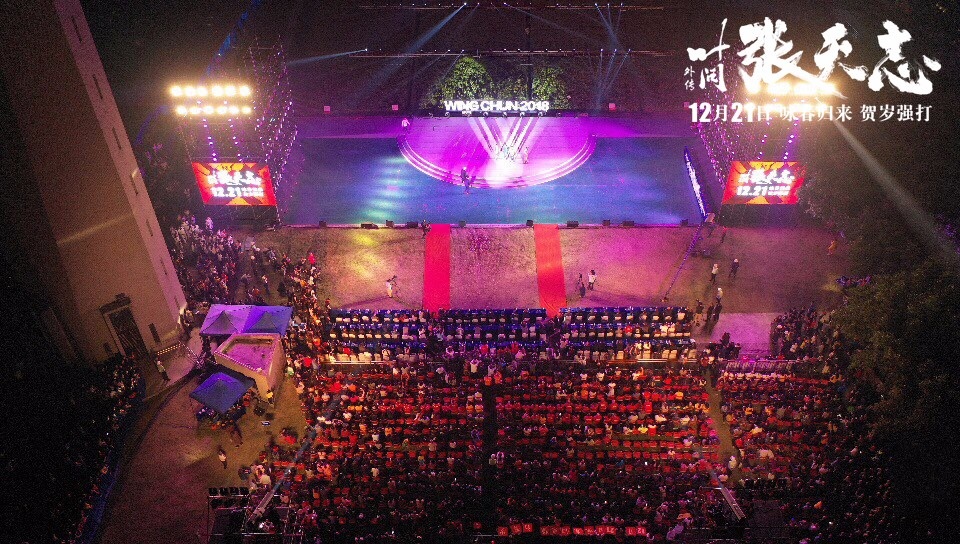
1905 movie network news Directed by Yuan Heping, supervised by Huang Baiming and Donnie Yen, starring Max Zhang, Dave Bautista and Ada, and featuring performances by Yang Ziqiong and Tony Jaa, the martial arts giant system starring Zheng Jiaying, Zhou Xiuna, Shi Yanneng and Tan Yaowen will land in major theaters across the country on December 21st. In the upcoming Christmas and New Year’s Day, it is bound to present a rich audience with the strongest star-playing lineup at home and abroad.
On November 30th, the first stop of the film was the "Foshan" roadshow. Director Yuan Heping returned to Ip Man’s hometown with starring Max Zhang and Chrissie Chau, and gathered with Mr. Ye Zhun, a descendant of Ip Man, at the opening ceremony of Foshan Wing Chun Competition, sharing the wing chun feast with nearly 20,000 spectators at the scene, and then lifting the kung fu craze. In the major local cinemas, the masters were even more surprised to show up and share the interesting things before and after the filming with the first audience in Foshan. Max Zhang laughed and said that first hero, directed by Yuan Heping, "waited for this time in 20 years", Chrissie Chau talked about filming and said "everything is worth it", and even a Colombian foreign boy showed off his great show, Wing Chun, and Foshan praised "the strongest kung fu film in 2018: steady and ruthless!"

Chrissie Chau, Max Zhang, Yuan Heping, returned to Ye Wen’s hometown with Wing Chun, and the "Foshan Everyone Will Wing Chun" Thousand People’s Competition rekindled the soul of Wu.
As a derivative of IP Man’s series of films, the film "IP Man: A Biography of Zhang Tianzhi" continues the story, telling the legendary story that Zhang Tianzhi, who is also a descendant of Wing Chun, went from being disheartened to getting out of his inner shadow, then rose again, cracked down on foreign drug dealers, defended national dignity and rekindled the spirit of Wing Chun. On November 30th, during the annual Foshan International Wing Chun Competition, director Yuan Heping and starring Max Zhang and Chrissie Chau gathered in Shishan and appeared at the opening ceremony of Shishan Civic Square. Foshan has a long history of martial arts culture and is a world-famous "Kung Fu City". As the masters of IP Man’s series "The Legend of IP Man: Zhang Tianzhi", Max Zhang and Chrissie Chau have said that they can come to the hometown of IP Man, the master of Wing Chun, with the film of Wing Chun — — Shishan Town, with more than 1,000 contestants from more than 20 countries and regions on the spot, exchanged the experience of wing chun and shared the bitterness and joy of kung fu, which is a rare experience that cannot be copied.

Wing Chun, as an important symbol of China Kung Fu, has influenced millions of martial arts fans at home and abroad in Qian Qian since Bruce Lee, Ip Man and Zhang Tianzhi. Among the more than 1,000 contestants in the Foshan Wing Chun Competition, 200 are foreigners. Yuan Heping, the director, said that routine boxing, snipers, wooden stakes, and actual combat of wing chun are all classic moves and events of wing chun, and he is looking forward to the wonderful confrontation between players from all over the world. Not only at the scene of the Wing Chun Competition, but also at the post-screening exchange meeting of Foshan Cinema, there was a wing Chun riddle who came to Foshan from Colombia, and showed classic movements such as "holding hands, finding bridges and pointing fingers" in an exemplary manner; Some fans even said that they would bring their own 1000 disciples to support the film release, and "Everyone in Foshan will sing the Spring Festival" really deserved its reputation. It is worth mentioning that at the opening ceremony of Foshan Wing Chun Competition, Master Ye Wen’s Cotyledon Zhun also appeared, and witnessed by the aerial camera, together with your masters and nearly 20,000 spectators, the soul of Wing Chun was rekindled.
Max Zhang, "the male actor who only appeared in the film of Eight Lords in 20 years", Chrissie Chau, "It’s worthwhile to pay", and Foshan audience praised "the strongest kung fu film in 2018"
As the first stop of the national roadshow, the film is in the "Kung Fu City" and the hometown of Wing Chun master Ye Wen — — Foshan, in the face of the parade of fellow villagers and elders, Yuan Heping laughed and said that he was nervous, hoping that all the heroes in Foshan would like it. When talking about this cooperation, Yuan Heping said with emotion that after 20 years of cooperation, Max Zhang was the first first hero to be his own film, and Max Zhang even laughed and said, "The hero of the Eight Lords film waited for this time in 20 years." A fighting fan at the scene said that the peak battle between Max Zhang and Dave Batista was very exciting, so you should get a perfect score! For such a powerful player as Batista, Yuan Heping also tailored a set of sparring moves for him and Max Zhang. It is the overwhelming disparity between them that makes the film climax after climax.

In the battle with Tony Jaa, in the face of the biting Thai boxing, Max Zhang, who used Wing Chun to fight, tried to be faster and more ruthless. In the movie, he presented a real fist fight, and even the scene of breaking the window with his bare hands was completed with zero special effects. At the movie-watching scene in Foshan, a movie fan who had participated in filming came to the scene. As a group performer, he said that he deeply realized the hard work and difficulty of filming kung fu dramas in the "Zhang Tianzhi" crew, and he must watch "Zhang Tianzhi" 20 times in the cinema to support the hard work of Max Zhang, Chrissie Chau and other actors.
As a female character who occupies half of the country, Chrissie Chau’s role left a deep impression on Foshan audience. In the movie "The Legend of Ip Man: Zhang Tianzhi", Chrissie Chau’s cheongsam looks very eye-catching and amazing, vividly reappearing the colorful and drunken Hong Kong. In the post-screening communication, many viewers said that her performance brought a lot of emotion, which was the most striking thing about the existence of lacrimal glands in the whole film, and she was deeply distressed by the "sacrifice" in her film. In this regard, Chrissie Chau said, not only is the experience of the characters in the film distressing, but in the actual shooting, it is also a real reaction that one’s nose and throat are red and retching under the intense stimulation in a scene filled with white powder, but it is worth everything for the sake of the film, the sacrifice in the film is worth it, and the hard work of shooting outside the play is even more worth it.

Faced with the dedication of the masters, the audience in Foshan, the "Kung Fu City", praised "this is the strongest Kung Fu film I have seen this year", saying that every kung fu scene in the film is highly ornamental and can be called "steady, accurate and ruthless". Every battle is hearty, and every move is powerful, skillful and shows the "Wing Chun spirit", which will surely sell well at the box office!

